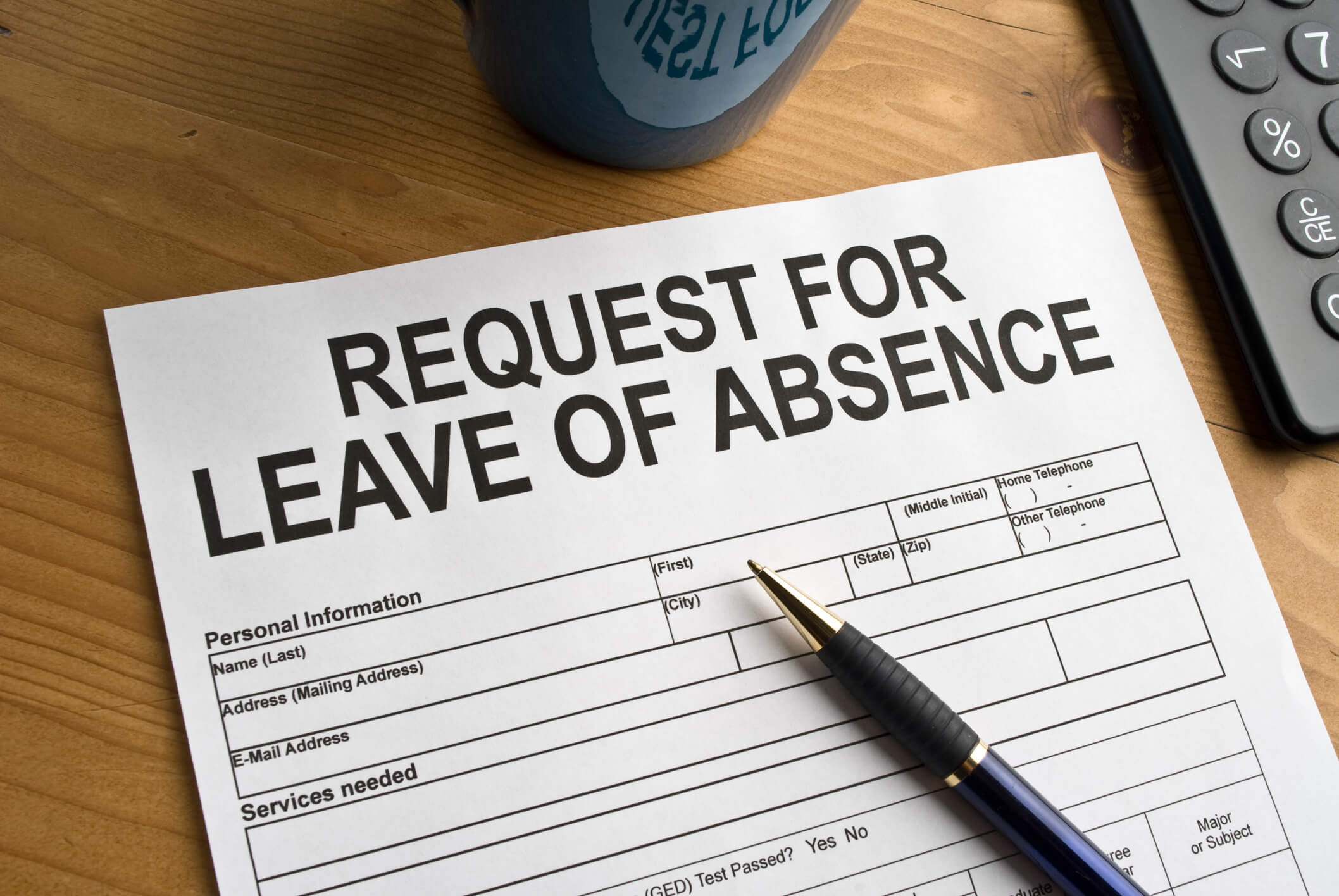A challenge brought in state court by a coalition of business groups, employers, and the Minnesota Chamber of Commerce seeking a temporary injunction to prevent the Minneapolis Safe and Sick Time Ordinance (No. 2016-040) from taking effect on July 1, 2017, was partially successful. In an order issued on January 19, 2017, Hennepin County District Judge Mel I. Dickstein denied a broad injunction, finding that the city had authority to enact the ordinance, but he granted a temporary injunction preventing its application to employers that are not located within the territorial limits of the city of Minneapolis. The ruling is likely to be appealed by both parties to the Minnesota Court of Appeals and, eventually, to the Minnesota Supreme Court.
The plaintiffs’ main argument was that the subject of paid sick leave was beyond the authority of the city of Minneapolis because the Minnesota Legislature has addressed this subject in one or more state statutes. Minnesota state law does not mandate paid sick leave, but it does regulate how an employer must administer sick leave or paid time off policies if it chooses to adopt them. The challengers argued that state law preempted municipal regulation of this subject. The court rejected these arguments.
But, the district court concluded that the “[p]laintiffs are likely to prevail on their claim that the Ordinance impermissibly extends its reach beyond the City’s regulatory authority.” Reasoning that applying the ordinance to “employees who travel to Minneapolis, for more than 80 hours in a calendar year, from as far away as China” would be an impermissible reach of the city’s authority, Judge Dickstein ruled that, while the ordinance could take effect on July 1, 2017, for employers that are located within the city of Minneapolis, it could not apply to employees whose work only brings them into Minneapolis occasionally.
“In evaluating the merits of this issue, the Court concludes that the Ordinance runs afoul of the City’s territorial reach. When determining the extraterritorial reach of an ordinance, Minnesota courts focus on whether the harm to be prevented occurs within a municipality’s borders … As regards those companies located outside Minneapolis’ borders, the Ordinance does not create a sufficient nexus between its reach beyond the City’s borders and the harm it is intending to prevent.” Finding that the ordinance “attempts to regulate sick and safe leave not only for those who potentially come into Minneapolis ill, but also for those who are unlikely (or may never) enter the city while sick,” the district court granted a temporary restraining order limiting the ordinance’s scope to employers located within the city. The remaining provisions, which, unless an appellate court or the legislature takes a different path, will go into effect for Minneapolis employers on July 1, 2017.
Several points about the district court’s ruling should be noted. First, the plaintiffs challenged the ordinance solely on state law principles concerning the interplay between the state and municipalities that are created by state law and given specific powers by the Minnesota Legislature. The district court concluded that state law did not completely preempt the city from enacting the ordinance and that the ordinance did not directly conflict with other state laws. Notably, however, the district court did not consider the possibility that by enacting certain statutes regulating but not creating paid sick leave obligations for employers, the legislature may have intended municipalities to refrain from legislating on this topic.
Second, the challengers did not assert preemption under federal labor law, and it remains to be seen whether this ordinance, if ultimately sustained by the appellate courts, will apply to employers that have collective bargaining agreements with unions that provide for sick leave or paid time off in a different manner than the ordinance would.
Third, the district court did not address a threshold issue: whether a city may, consistent with state law, the Minnesota Constitution, and the U.S. Constitution, impose on employers an obligation to compensate employees for time not worked. The Minneapolis ordinance, and others of its kind that have surfaced around the country in the past few years, essentially create an “unfunded mandate,” the entire cost of which is to be borne by employers. Except in collectively bargained agreements, the requirement of paid benefits, without some type of funding mechanism, is unusual.
Finally, the district court’s order seems to create complexities that the city council apparently sought to avoid by drafting the ordinance in such a way that it applied not merely to employers that are physically located within the city but also to employees who perform work within the city’s limits. This ruling could discourage employers from locating within the city of Minneapolis, although since its passage, there seems to have been no noticeable slowdown in the movement of new businesses into Minneapolis or the relocation of other businesses from the suburbs to the city of Minneapolis.
For now, employers that have physical facilities in the city of Minneapolis and employers whose employees are physically stationed in Minneapolis and who do not merely make “service calls” or occasional visits to the city, should plan for implementation of the ordinance on July 1, 2017. However, employers may want to keep in mind that their existing policies, in most cases, will be sufficient to comply with the ordinance, possibly with minor tweaks. Employers may want to wait until the end of the 2017 legislative session in May to determine whether the legislature will address this subject. Finally, employers may want to take note that the ordinance has a delayed enforcement provision: during its first year, employers will not be cited or punished for failing to adhere to the ordinance, but they will be issued warnings and notices to correct violations.
The district court stated its intention to hold a final hearing in this case prior to the July 1, 2017, effective date of the ordinance.




